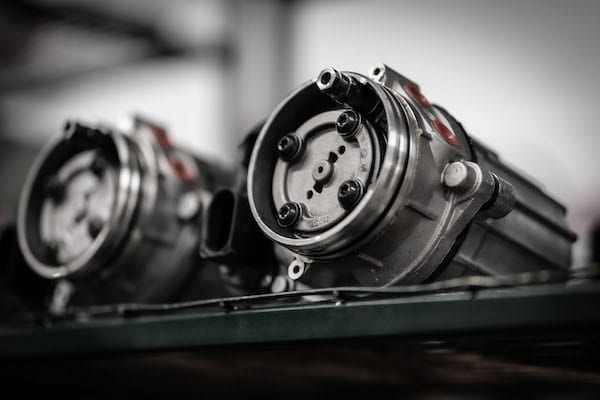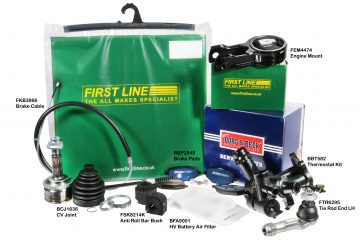
Having only appeared on the market in 1999, Electric Power Steering (EPS) is still a relatively recent automotive development. The first car to showcase it was the Fiat Punto which implemented a very simple mechanism based on an engine, a gearbox and a control unit. With its main purpose being to reduce steering effort, EPS uses an electric motor rather than hydraulic system to assist the driver of a vehicle. Fast forward and its efficiency and functional design means it’s fast become the norm for the VMs on new models. As it becomes ever more prevalent in the aftermarket, leading UK EPS remanufacturer Shaftec, announces its own recent new to range part developments and discusses why demand for this component range is a clear growth area. In addition, the business looks at best practice when replacing EPS units. Apparently, it’s all about making a good solid connection…
“Naturally, as modern vehicles get older, we will see part number creation and shelf increase as a result. However, market demand is already driving the need to stock EPS parts for vehicles less than five years old,” says Shaftec director, Tom Curtis. “This tells us that we should not underestimate this as a growing trend – and also points to the fact that some electric steering applications may have a lower durability tolerance than those for conventional hydraulic systems.”
Timeline and Reman versus New Imports
The market for EPS systems has gradually surpassed that of conventional hydraulic steering. The design of the electrical component over the hydraulic offers many advantages: less weight, less maintenance, better response at different speeds, higher durability and lesser fuel consumption. Upholding a stringent returns process – in as much as EPS racks will not be considered for remanufacture if integral parts such as casting, electric motor, or mounting brackets are broken or damaged – the company advocates the benefits of a remanufactured OE quality part over new imports or dealer equivalents are many.
Shaftec New to Range in 2019
Shaftec added a total of 120 new EPS references in 2019. The new part numbers span the majority of popular vehicle manufacturers. Of particular note are: electric racks for Mercedes-Benz GLC 2015-2019, Hyundai i40 2015, Jaguar XE and XF 2015 onwards and electric pump for Dacia Duster 2013-2017.
“In terms of customer service, we know that to remain successful we need to have the part on the shelf ready when it’s required. However, we also focus on prediction,” explains Joe Toakley, Shaftec Area Sales Manager.
“In line with this, we invest heavily and continuously in data development. Combining information collated via our own enquiries with analytical behavioural patterns (that’s how parts are viewed, searched for and bought online), last year drove the creation of almost 800 part numbers.
“That’s 800 parts which should our customers have needed them, we’re capable of making available on a next day service. Availability is key. But the correct level of availability is essential to ensure we are focusing our efforts in the right place.”
Top Tip – Check your Plugs
Some applications have plugs which are prone to oxidation, for example some GM models such as the Astra H & G and Meriva B. Before declaring the part a write off, Shaftec technical experts recommend checking the plugs and the wiring. Conduct a visual check for breaks and fatigue in the wiring. Multi meters should be used to check to indicate the level of voltage. Even if no oxidation can be seen with the naked eye, it’s wise to clean the connectors with contact cleaner when the part is examined to ensure a good solid connection – bad connections can lead to the unit shorting, confused fault codes or in extreme cases failure.




You must be logged in to post a comment.